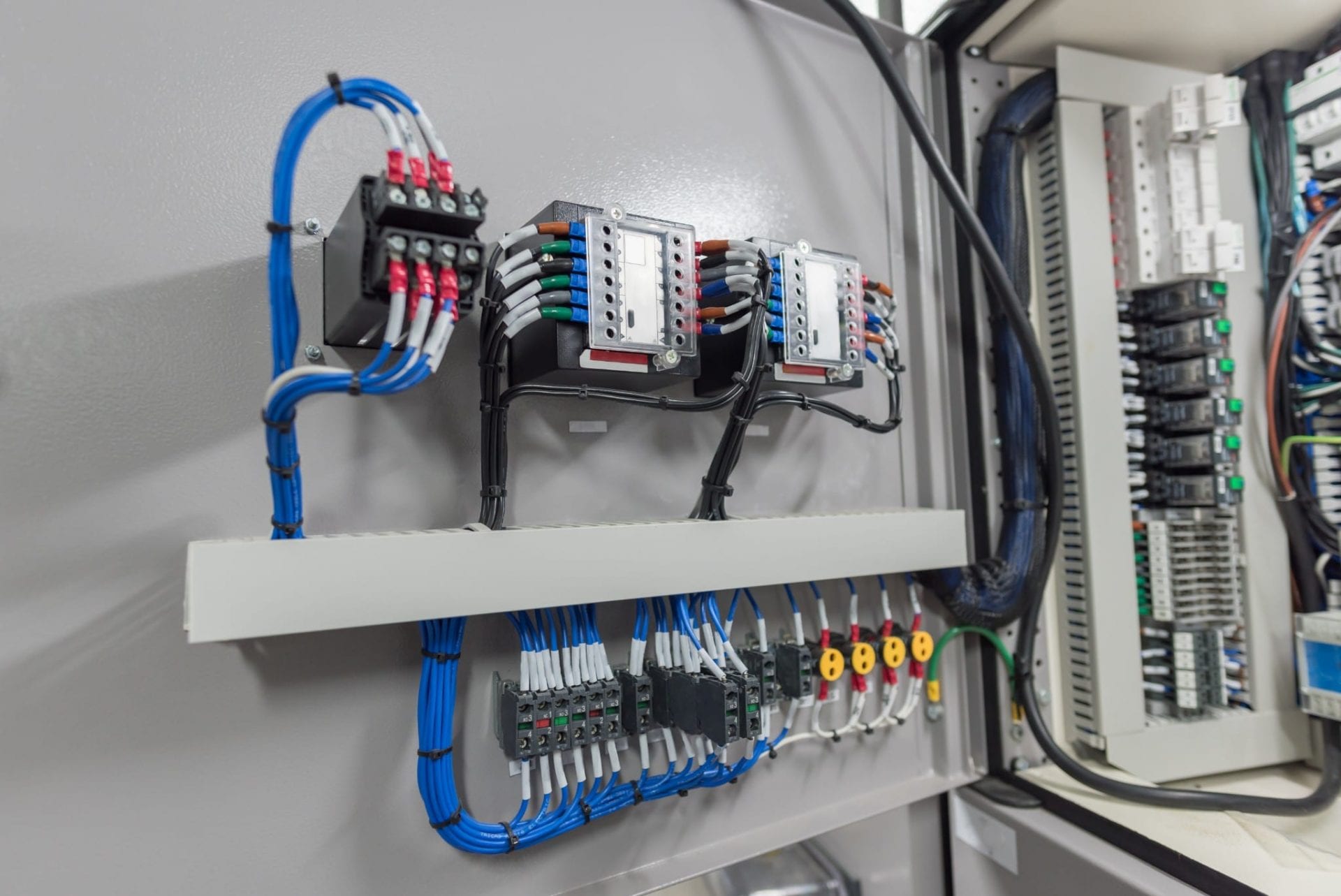An Amateur's Guide to Electrical Wiring: A Comprehensive Overview

Electrical wiring is a crucial part of any home and understanding it is essential for every homeowner. It is not just important to ensure the efficient functioning of your home, but it is also essential to ensure your safety. In this article, we’ll discuss the basics of electrical wiring as well as the importance of security as well as the benefits having an authorized residential electrician to handle all of electrical wiring needs.
Understanding the basics of electrical wiring
Electrical wiring is the system of electrical conductors which run through your house, delivering electrical power to your appliances as well as lighting fixtures. It works by forming electrical circuits which connect the electrical power source and your appliances. Circuits for electrical power are comprised of wires, switches, and other electrical components that function to form a secure and functional electrical system. There are various kinds of electrical wiring. These include aluminum, copper, as well as types of wire insulation such as PVC, rubber, or paper.
Planning and Preparation for Electrical Wiring
Before you install an electrical wire, you must consider a variety of things to think about, including the kind of wiring you require, the power capacity that your electric system can handle, and your power needs. It is also important to be aware of the electrical wire regulations as well as permits required in your locality. To be prepared your electrical wiring system, you must create an electrical plan and assess your electrical needs. This will make sure that the electrical wiring is safe efficient, reliable, and meets your power requirements.
Materials and Tools Needed to conduct electrical wiring
When installing new electrical wiring it is crucial to have the right materials and tools on hand. The most important tools are strippers, wire cutters, pliers, and an electrical voltage tester. Other components required to conduct electrical wiring comprise electrical tapes, wire nuts, conduit, along with electrical boxes. It’s also useful to be equipped with a wiring diagram to help you with the installation process.
Step-by-Step Guide for Installation of Electrical Wiring
The installation of electrical wiring is an intimidating process however, with the right tools and expertise, it can be done safely and efficiently. Here’s a step-by step guide for installing new electrical wiring at home:
Turn off the power to the location where you’ll be working.
Plan the wiring layout and mark the location where the wire will be placed.
Install conduit and electrical boxes wherever needed.
Cut and strip the wires until the appropriate length.
Wires should be connected to devices or fixtures you’re wiring.
Secure the wires in place with the wire nuts or electrical tape or conduit straps.
Examine the wiring to confirm that it’s working properly.
During the installation process It is crucial to follow wiring installation best practices and tips. Also, be aware of common mistakes in the installation of electrical wire, such as overloading circuits, using damaged wires, or using the wrong kind of wire.
Troubleshooting Electrical Wiring Issues
Even with careful planning in the installation and design, wiring problems may occur. Common problems include wiring problems, overloads in circuits, and electrical shorts. To solve these issues, it is important that you are aware of the most common electrical wiring issues and be aware of how to efficiently and safely solve these issues. Additionally, it is critical to follow electrical safety procedures in the event of a problem with electrical wiring including shutting off the power and wearing appropriate safety gear.
Conclusion
Understanding the electrical wiring in your home is crucial for your safety as well as the effective operation the electrical systems. It is essential to employ an accredited electrician to ensure that your wiring is maintained and installed correctly. In Local Electrician Hornsby, we provide various electrical services, which include electrical wiring installation and repair. Contact Local Electrician Hornsby at 1300 941 876 to discuss all your electrical wiring needs.
Electrical Wiring FAQ
Here are some commonly asked questions regarding electrical wiring, along with other safety guidelines and best techniques for electrical wiring repair and installation:
What type of wire should I choose for my electrical wiring?
The type of wire that you will need for your electrical wiring depends on the specific requirements of your home and the local building codes. It is crucial to select the right gauge for your wire, insulation type, and wire materials to ensure the security and effectiveness of your electrical system.
Do I have to install an electrical wire of my own?
While it is feasible to build an electrical wire yourself it’s crucial to have the expertise and experience to do so safely and efficiently. In the majority of instances it is advised to employ a licensed electrician to ensure your wiring is installed and maintained properly.
How often do I need to be having my electrical wiring checked?
It is recommended to examine your electrical wiring every 10 years or whenever you spot signs of electrical problems like frequent circuit breaker trips or electrical shocks.
What do I do if notice electrical wiring problems in my home?
If you notice any electrical wiring issues in your home, such as flickering lights or outlets that won’t function, it’s important to fix them right away. Switch off the power source to the affected area and contact a licensed electrician to evaluate and repair the problem.
By following these tips and the best methods, you can be sure that your electrical wiring is secure and functioning properly. Remember to prioritize safety and get a certified electrician in the event of a need. Contact Local Electrician Hornsby at 1300 941 876 for all your electrical wiring requirements.
